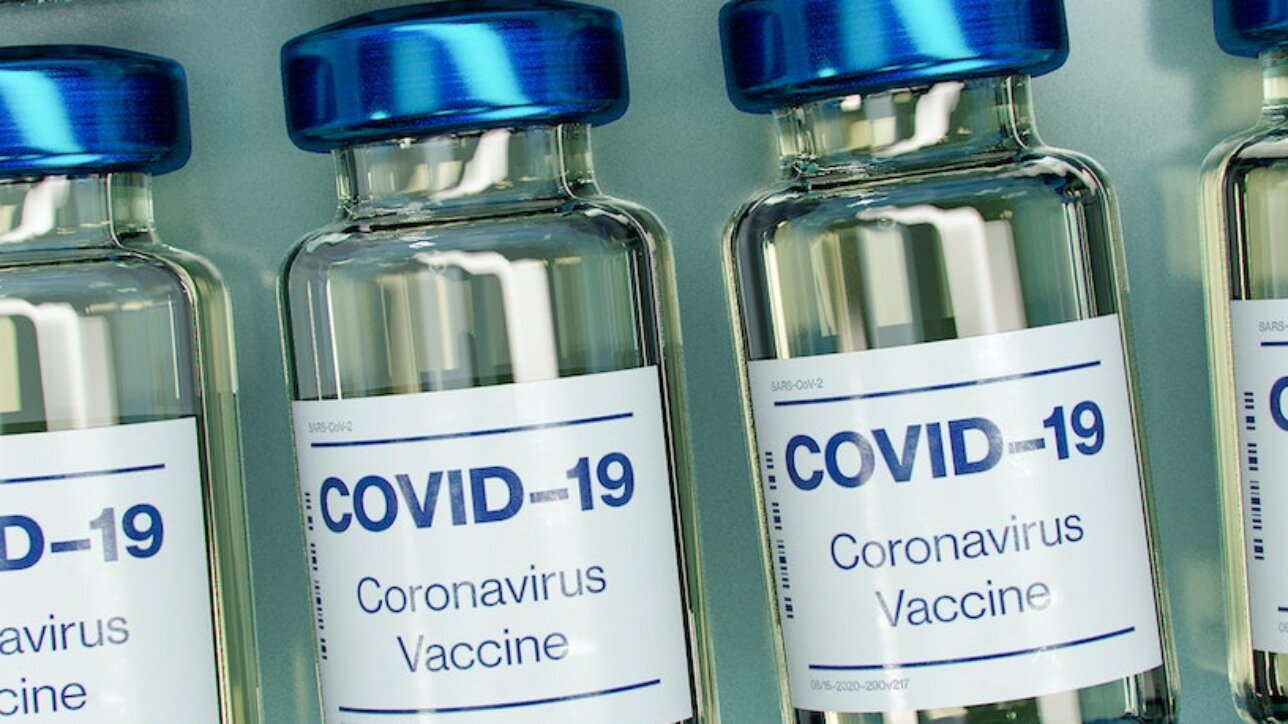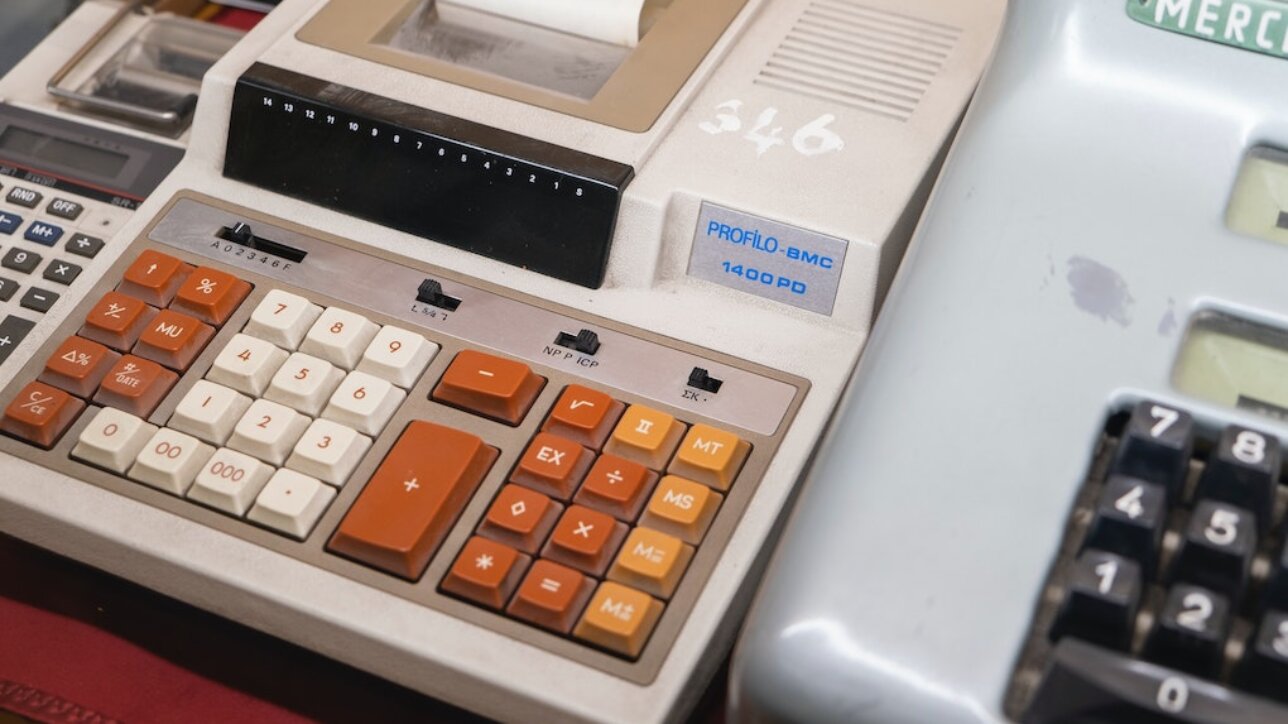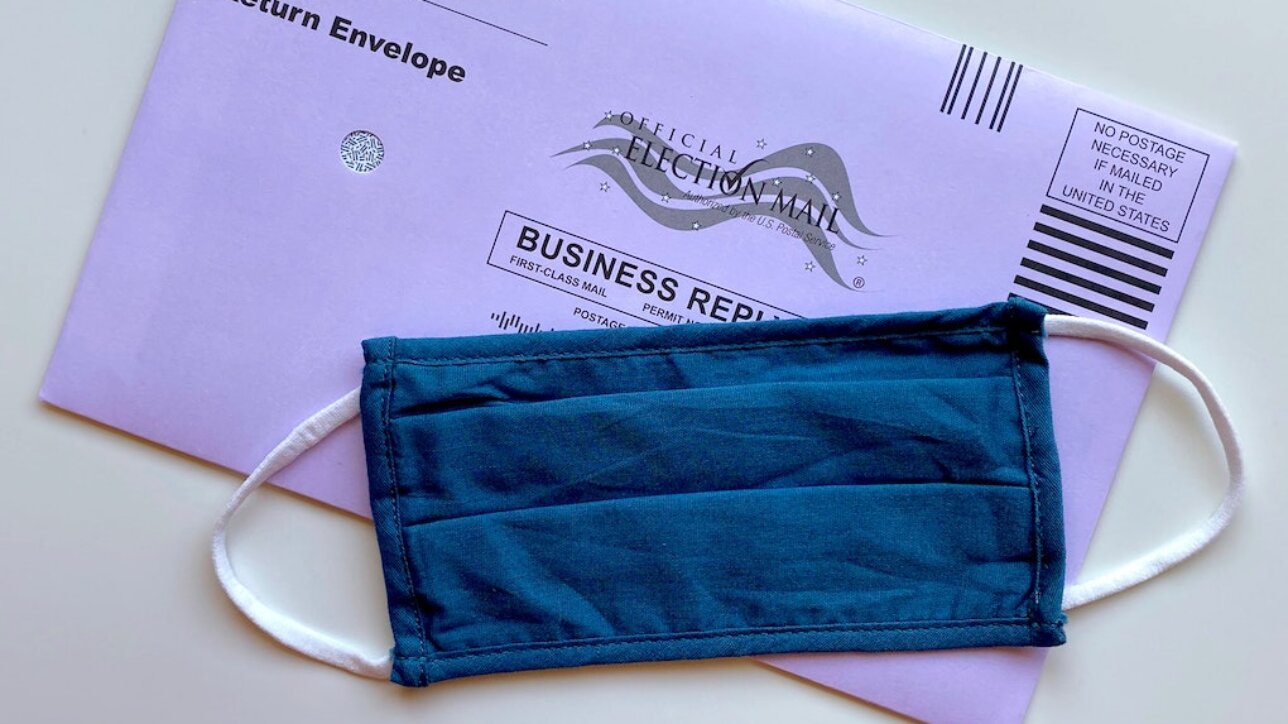
December 14, 2020
What the COVID-19 Vaccine Means for Dentists

Dentists all over the U.S. have been surprised to learn they don’t qualify as “health care workers” under the distribution program from the Centers for Disease Control and Prevention (CDC) that will dictate who receives the first round of COVID-19 vaccinations as part of the phased-in approach. Here are the facts you need to follow for the high-risk field of dentistry.
A lookback
During initial shutdowns in the spring, most dentistry offices were forced to shutter their doors for elective procedures with the exception of emergency patients only. Dentistry offices are now being forced to work with their state governor’s offices to be included in the first phase of distribution of the COVID-19 vaccine rather than wait with the rest of the general population to be vaccinated.
Definition
The CDC is prioritizing health care workers, first responders and residents of long-term health care facilities for the first round of vaccines; however, while the dentists and hygienists met the definition of “health care worker” as defined by the CDC, they are not included in the revised distribution plan.
Risk potential
Dentists and hygienists have been wearing more personal protective equipment now more than in pre-COVID-19 times since patients cannot wear masks when working in their mouths. By nature of the procedures of average health care professions, dentists and hygienists are closer than six inches away from patients rather than the recommended six feet, creating more potentially contaminated aerosols.
What’s next?
Stay on top of Professional Transition Strategies’s blog for more ways to navigate the COVID-19 pandemic.







